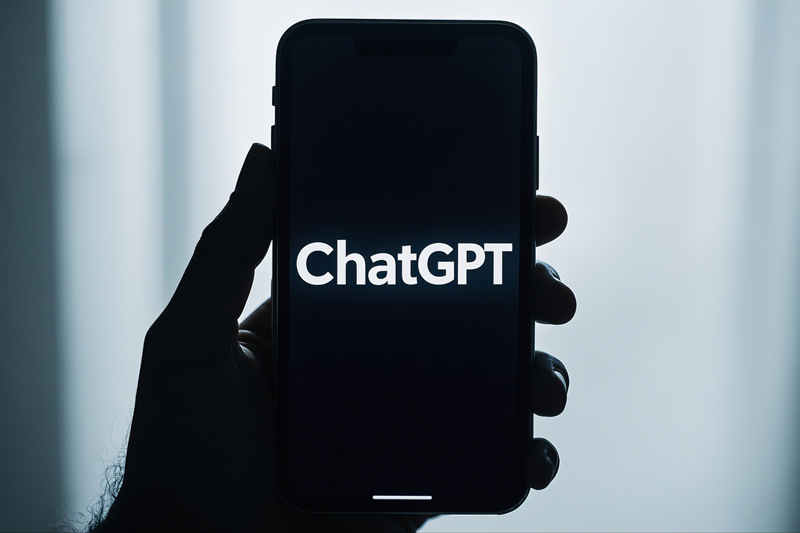GPT-5 Nears Launch, Ushering in Multimodal AI Era
OpenAI Prepares to Launch GPT-5 with Multimodal Capabilities
OpenAI has begun phased testing of its highly anticipated GPT-5 model, with an official launch projected for July 2025, according to company insiders. This next-generation artificial intelligence system represents a significant leap forward through its multimodal design, enabling processing of text, speech, images, code, and video inputs.
Expanded Capabilities and Applications
CEO Sam Altman emphasized that GPT-5 marks a major milestone in AI development. The new model features:
- Enhanced deep reasoning capabilities
- Real-time video generation functionality
- Advanced code writing proficiency
- Integrated memory systems to reduce factual inaccuracies ("hallucinations")
 Image source note: The image is AI-generated
Image source note: The image is AI-generated
Technical Challenges and Breakthroughs
Development teams faced considerable challenges balancing logical reasoning with natural conversation abilities. OpenAI engineers worked extensively to ensure the model maintains human-like dialogue quality while performing complex analytical tasks - a balance crucial for professional applications.
The multimodal architecture required novel approaches to:
- Cross-modal understanding (relating visual and textual information)
- Context preservation across different input types
- Real-time processing efficiency
Industry Impact and Future Prospects
The launch promises transformative effects across sectors:
- Developers gain powerful tools for rapid prototyping
- Content creators access integrated multimedia generation
- Businesses benefit from enhanced automation capabilities Users will accomplish complex tasks like video editing or software development through simple voice commands, potentially revolutionizing productivity standards.
Key Points:
- GPT-5 enters testing phase ahead of July 2025 launch
- First OpenAI model with true multimodal processing (text, speech, images, video)
- Significant improvements in reasoning accuracy and memory integration
- Potential to redefine human-AI interaction standards across industries